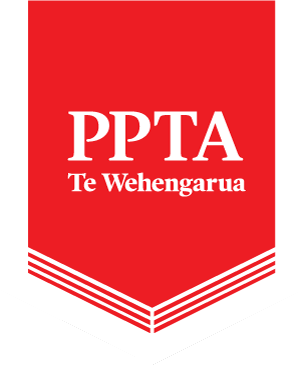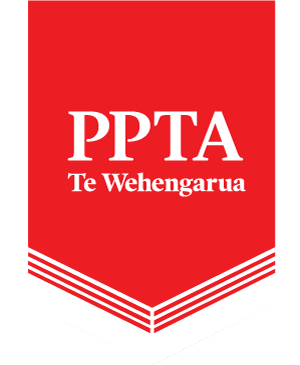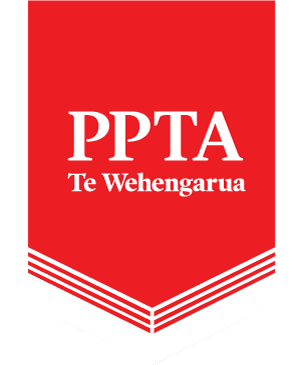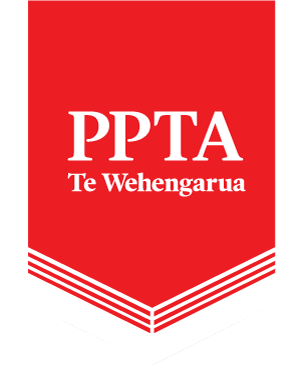Source:
“The last two scheduled meetings of the Curriculum Voices group – a group of key stakeholder representatives for guidance and feedback on changes to the national curriculum – have been cancelled with no reason given. The Professional Advisory Group to the Minister on NCEA, a representative group of extremely experienced teachers and principals, has been disbanded with new members to be selected by the Minister.
“We also understand that the Ministerial Advisory Group, set up by the Minister late last year to advise her on Mathematics and English curriculum learning areas, literacy and the draft Common Practice Model, has completed its work. However, there has been no consultation on the group’s report and it hasn’t been released publicly.”
Chris Abercrombie said subject associations, whose members dedicate huge amounts of time and effort to work on the national curriculum, are not being consulted on what is happening or planned. “When they have expressed concerns to the Minister, they are not even being acknowledged, let alone given a response.
“I was deeply disappointed and concerned that the first time the president of the NZ Association of Teachers of English learned there was a group rewriting the English curriculum was when she was contacted by the media. For a Minister who claims to have great admiration and respect for teachers, choosing not to consult with the head of English subject specialist teachers about such a critical development, speaks volumes. If this is how the Minister intends to treat the sector, we are in for some torrid times.
“We have checked with other subject associations to see if they have been contacted about their curriculum rewrites and they have not – notably Mathematics, another subject that was under the scope of the Ministerial Advisory Group.
“Secondary teachers are passionate about their subjects, how they teach those subjects, and emerging effective practice in their fields. We are extremely concerned that if the Minister shuts teachers out of the change process, she risks being misled by people who hold views about education that are very much on the fringe and not representative of national or international effective practice.
“We have serious concerns about the ability of some of these people to provide sound advice on national curriculum matters. They do not have recent teaching experience and they represent a tiny minority of conservative educationalists who want to take schools back to the last century, rather than equipping them to meet the educational needs of current and future generations.
“Not releasing the report of her Ministerial Advisory Group risks the Minister being misled about current teaching practices in secondary schools and the strength of the evidence for what is being put in front of her. We call on the Minister to have the courage of her convictions and publicly release the report.”
Last modified on Thursday, 6 June 2024 15:07




